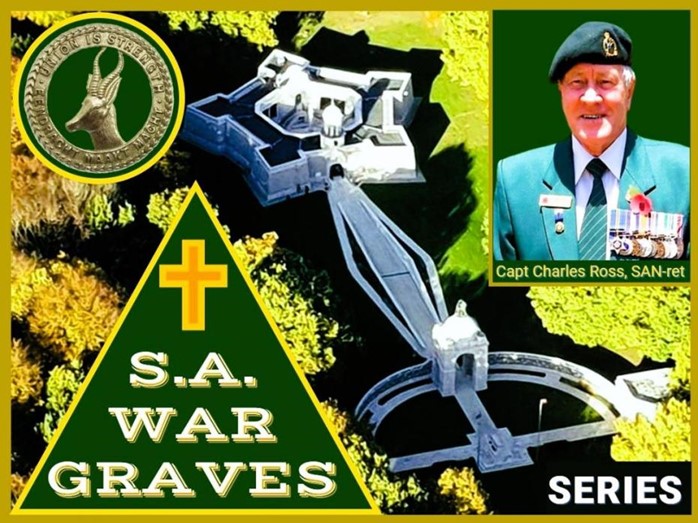
SOUTH AFRICAN COMMONWEALTH WAR CASUALTIES BURIED ACROSS THE WORLD – PART NINETY.
By Captain (SAN) Charles Ross (SA Navy Retired)
South Africans participated in almost every war theatre during the First and Second World Wars. According to the Commonwealth War Graves Commission Casualty Data Base 7 290 (includes 607 unknown) First World War casualties and 9 986 (includes 84 unknown) Second World War casualties are buried in 1 207 cemeteries. In contrast, 2 959 First World War and 2 005 Second World War casualties are commemorated on 48 memorials. This does not include the more than 2 700 South Africans not recently commemorated by the Commonwealth War Graves Commission. A new memorial, Cape Town Labour Corps has been constructed in the Gardens in Cape Town and was unveiled by HRH Princess Royal on 22 January 2025.
METZ-EN-COUTURE COMMUNAL CEMETERY BRITISH EXTENSION – FRANCE
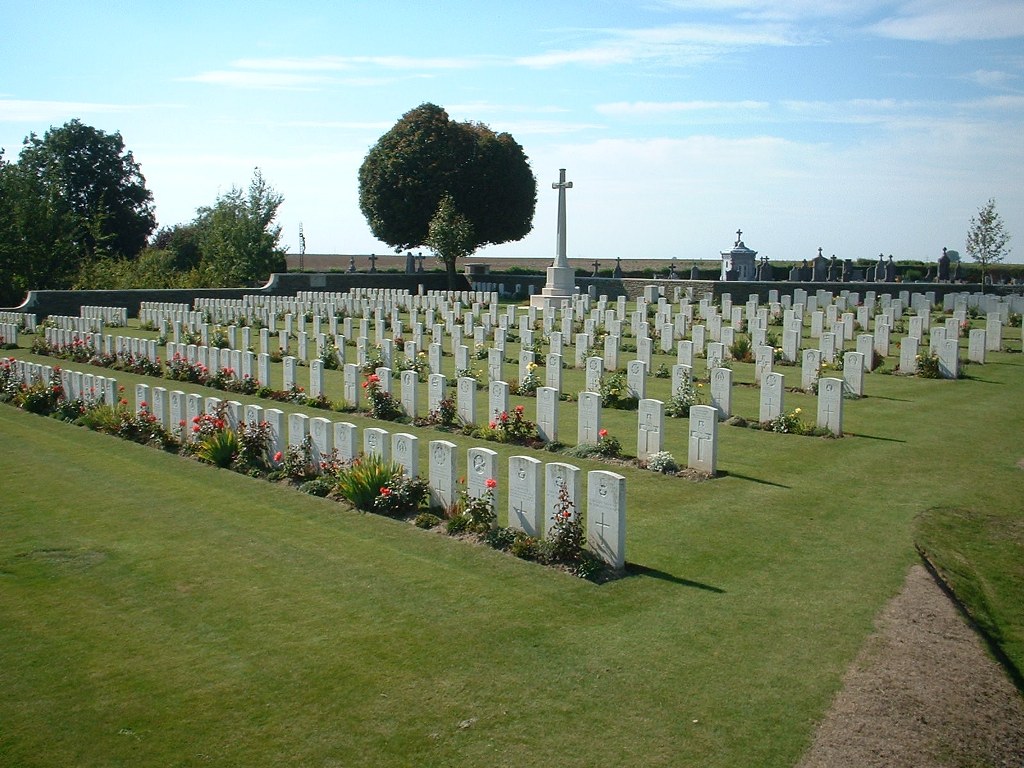
The village was captured by the 10th and 11th King’s Royal Rifle Corps on the 4th and 5th April 1917, evacuated on the 23rd March 1918, and retaken by the 1st Otago Regiment on the following 6th September. It was noted for its extensive system of underground cellars. It was later “adopted” by the County Borough of Halifax.
The Communal Cemetery was used by the enemy for the burial of German soldiers and also of three R.F.C. Officers, whose graves have now been removed to the British Extension. On the East side of it a German Extension was made containing the graves of 252 German soldiers and one man of the Chinese Labour Corps; the German graves have now been removed to other cemeteries and the Chinese grave to the British Extension.
The British Extension was begun in April 1917, and used until March 1918, and two graves were added in the following September. These original burials, made by Field Ambulances and fighting units, are in Plots I and II; Plots III and IV were added after the Armistice by the concentration of graves from the immediate neighbour cemeteries.
There are now nearly 500, 1914-18 war casualties commemorated in this site. Of these, almost 50 are unidentified and special memorials are erected in the cemetery recording the names of four soldiers from the United Kingdom, buried in Metz-en-Couture British Cemetery No.2, whose graves could not be found on concentration.
The cemetery was designed by Sir Herbert Baker and N A Rew. It covers an area of 2,212 square metres and is enclosed on three sides by a rubble wall.
Seven (five known and two unknown) South African casualties from World War One are buried in this cemetery.
BEAULENCOURT BRITISH CEMETERY, LIGNY-THILLOY – FRANCE
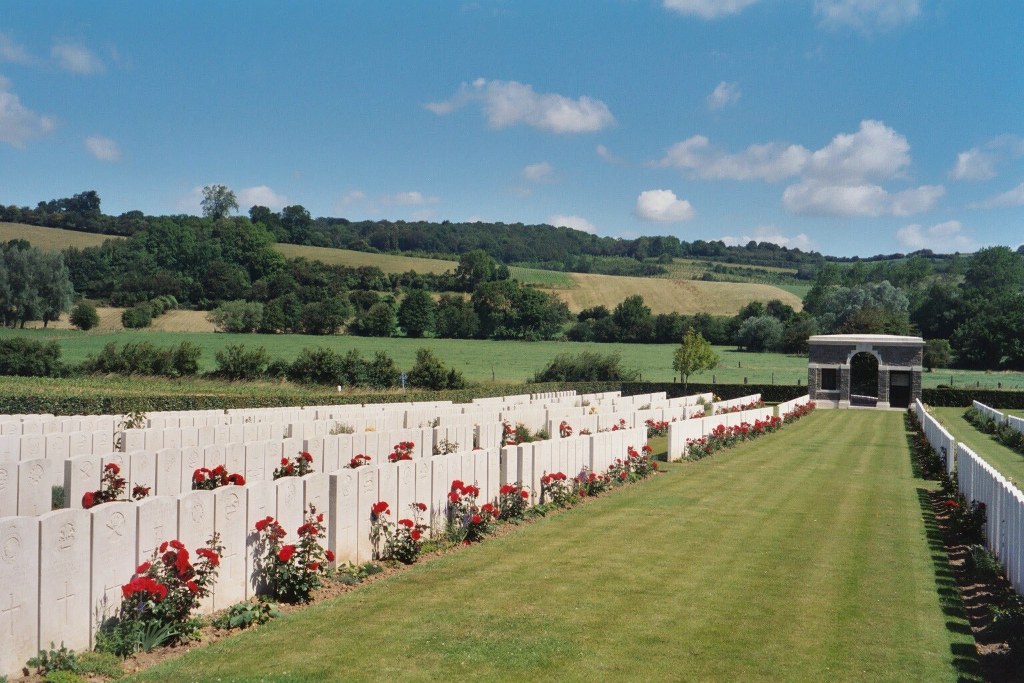
The cemetery was made originally by the 3rd, 4th, 43rd and 58th Casualty Clearing Stations, which were posted in Beaulencourt at different periods after the middle of September, 1918; and the burials from these hospitals are in Plot I, Rows A to D. It was greatly enlarged after the Armistice by the concentration of graves from the neighbouring battlefields and from certain other cemeteries. There are now over 700, 1914-18 war casualties commemorated in this site. Of these, over 300 are unidentified and special memorials are erected to 21 soldiers from the United Kingdom known or believed to be buried among them. The cemetery covers an area of 2,917 square metres and is enclosed on three sides by a rubble wall.
One South African casualty from World War One is buried in this cemetery.
PERNES BRITISH CEMETERY – FRANCE
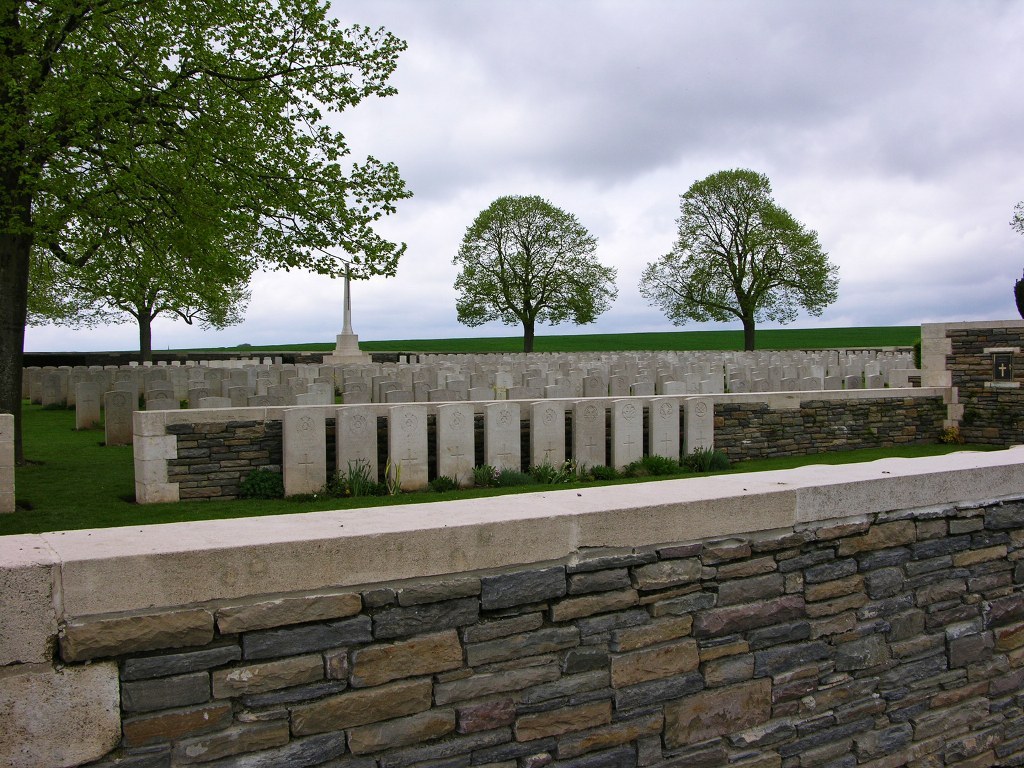
The cemetery was not begun until April 1918 when the 1st and 4th Canadian Casualty Clearing Stations came to Pernes, driven back by the German advance. In May, the 6th and 22nd Clearing Stations arrived and in August, they were joined by the 13th. Almost all the burials were made by these units, but a few of the graves were brought into the cemetery after the Armistice (Graves 2 to 13 in Plot VI, Row C, were brought from the small British Cemeteries of Anvin and Wavrans). There are now 1,078 First World War burials in this cemetery and 18 graves from the Second World War, all the latter dating from 3-4 September 1944. There are also 3 non-Commonwealth burials here.
The cemetery was designed by Sir Edwin Lutyens.
Five South African casualties from World War One are buried in this cemetery.
CROISILLES BRITISH CEMETERY – FRANCE
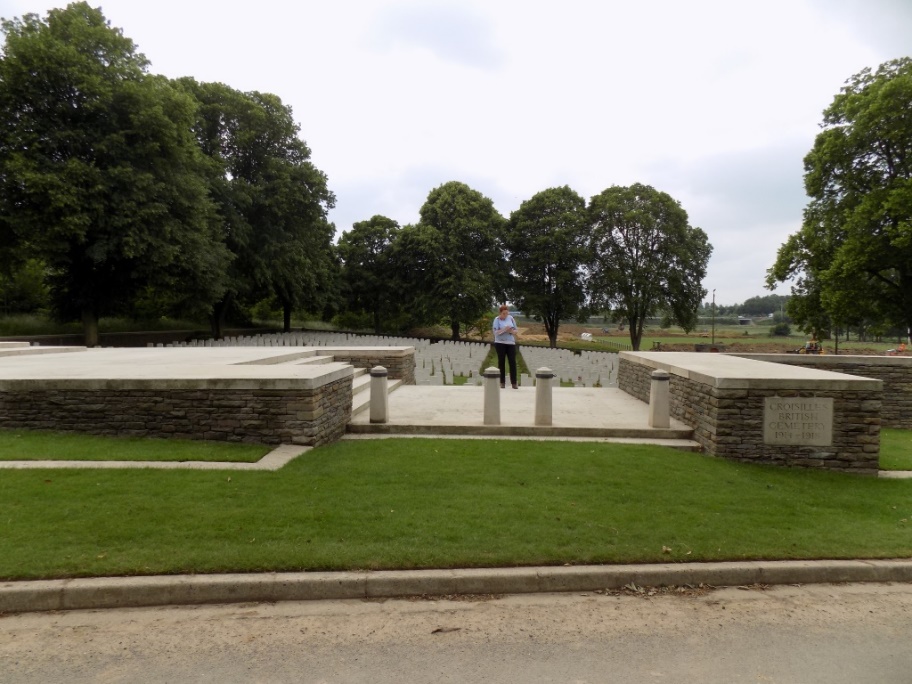
The 7th Division attacked Croisilles in March 1917 and took it on 2 April. It was lost on 21 March 1918 and recaptured by the 56th (London) Division on the following 28 August, after heavy fighting. Plots I and II of the cemetery, were made between April 1917 and March 1918 and the rest was formed after the Armistice, when graves were brought in from the neighbouring battlefields and from some smaller burial grounds. The majority of the soldiers buried in the cemetery belonged to the Guards, 7th and 21st Divisions. Croisilles British Cemetery now contains 1,171 Commonwealth burials and commemorations of the First World War. 647 of the burials are unidentified but there are special memorials to 14 casualties buried among them. Other special memorials commemorate casualties buried in HENDECOURT-LES-CAGNICOURT Communal Cemetery in 1917, whose graves were destroyed by shell fire. The cemetery also contains the graves of six Commonwealth airmen of the Second World War and 18 German war graves.
Two South African casualties from World War One are buried in this cemetery.
BIGUGLIA WAR CEMETERY – FRANCE
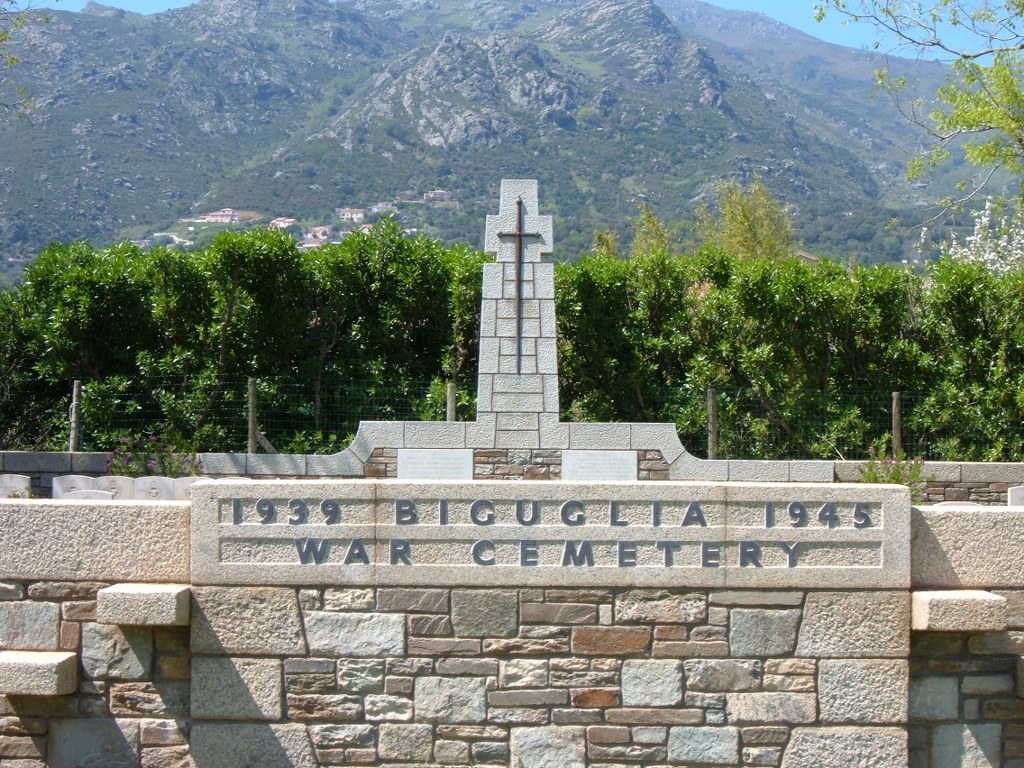
The liberation of France truly commenced in September 1943. The first Department of France to be liberated was Corsica in Operation ‘Firebrand’ from September to October of 1943.
On 13 September 1943 twenty-six SOE (Special Operations Executive) agents (3 SOE instructor officers and the SOE-trained Free French ‘battalion de choc’) spearheaded an invasion of the island by the recently reconstituted French 1st Army Corps. With the help of the local Resistance and former occupying Italian troops (Italy had signed an armistice with the Allies on 9 September 1943) they set about evicting recently arrived German troops. The last Germans were evicted from Bastia on 4 October 1943.
The island was then transformed into a massive airbase for the Allied air forces. The Allies referred to the island as the ‘USS Corsica’ – treating the island as an unsinkable aircraft carrier in the Mediterranean. Many Allied bombing missions originated out of Corsica.
There are now 60, 1939-45 war casualties commemorated on this site.
The cemetery was designed by George Vey.
One South African casualty from World War Two is buried in this cemetery.
